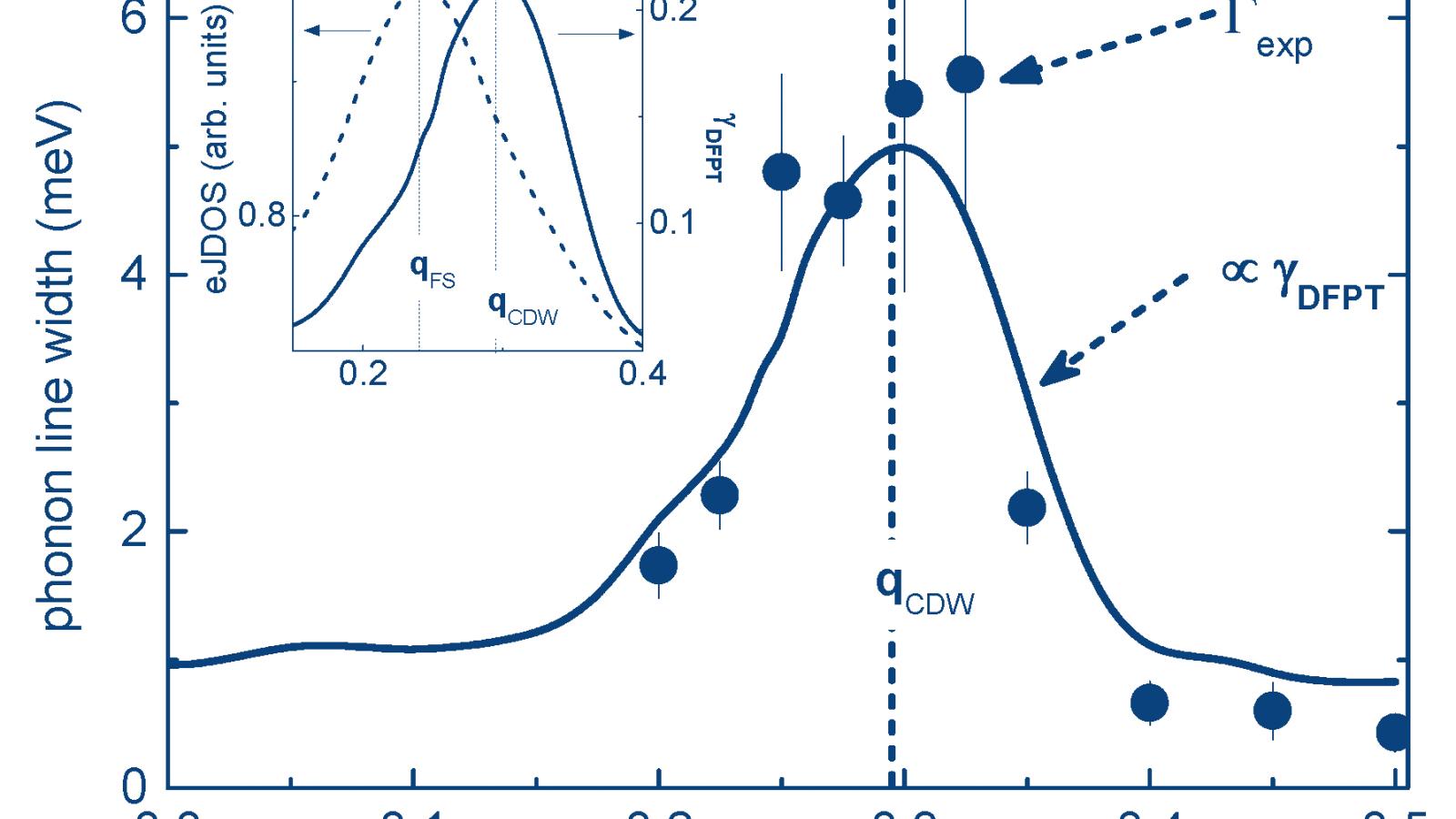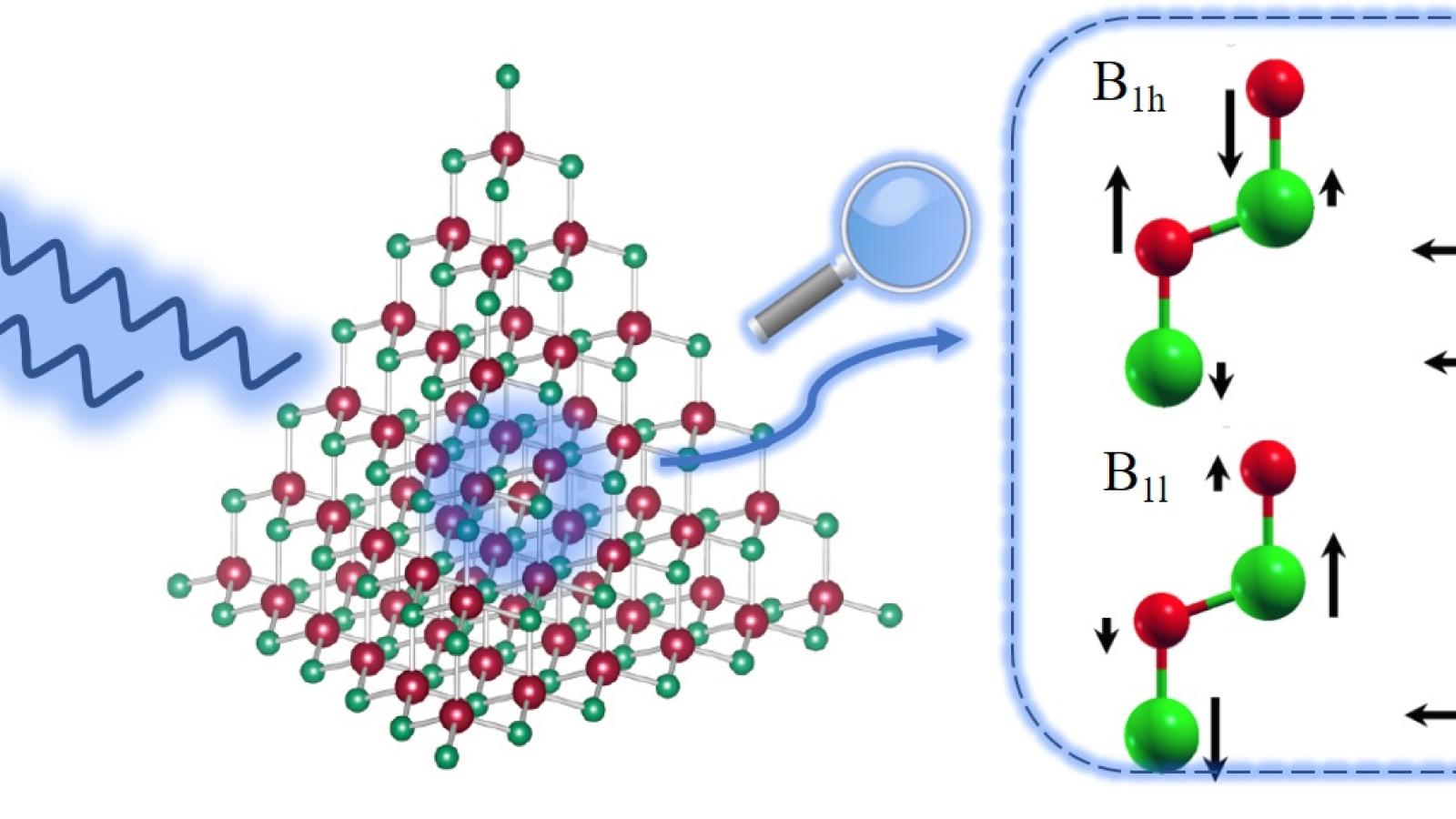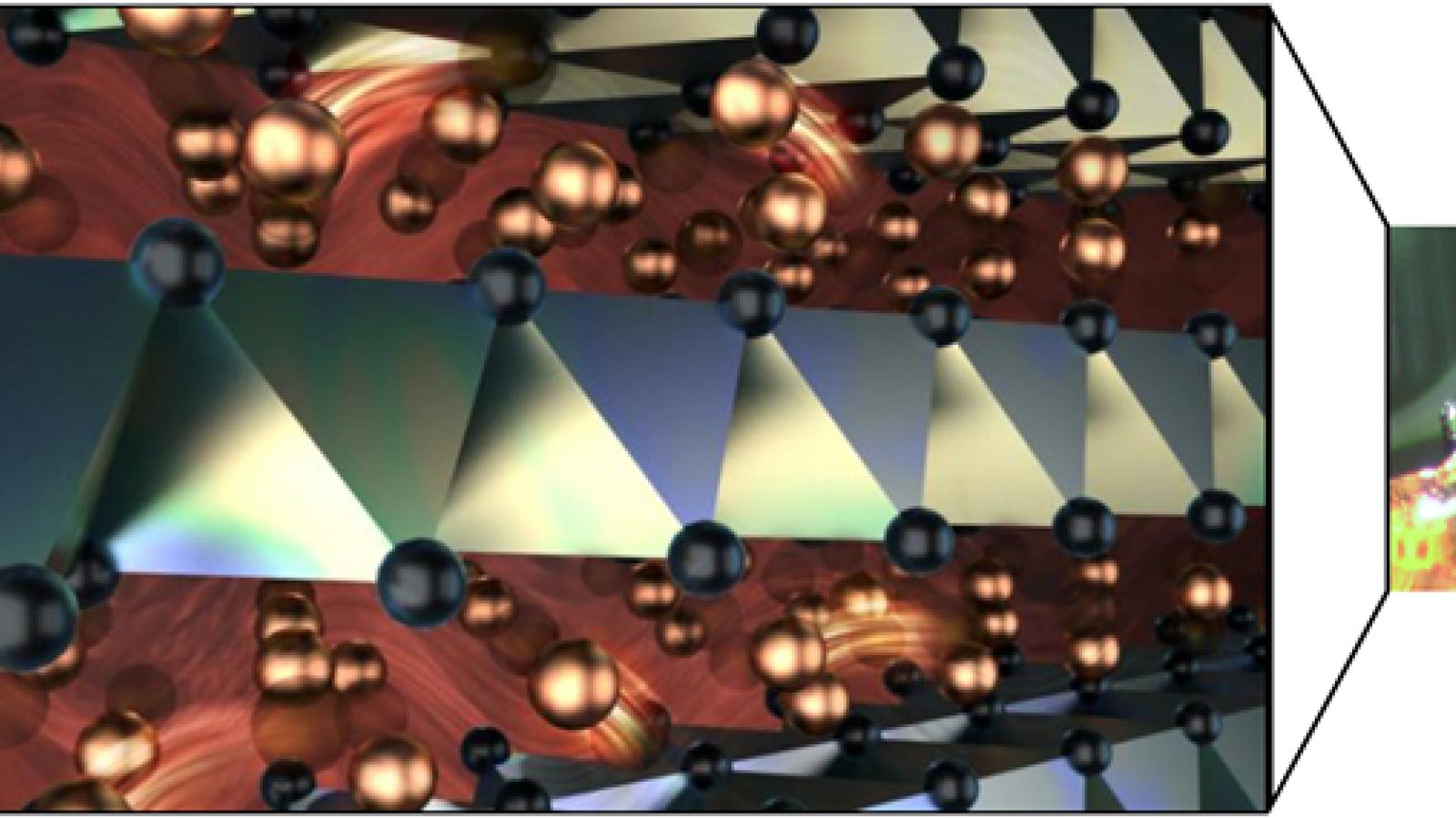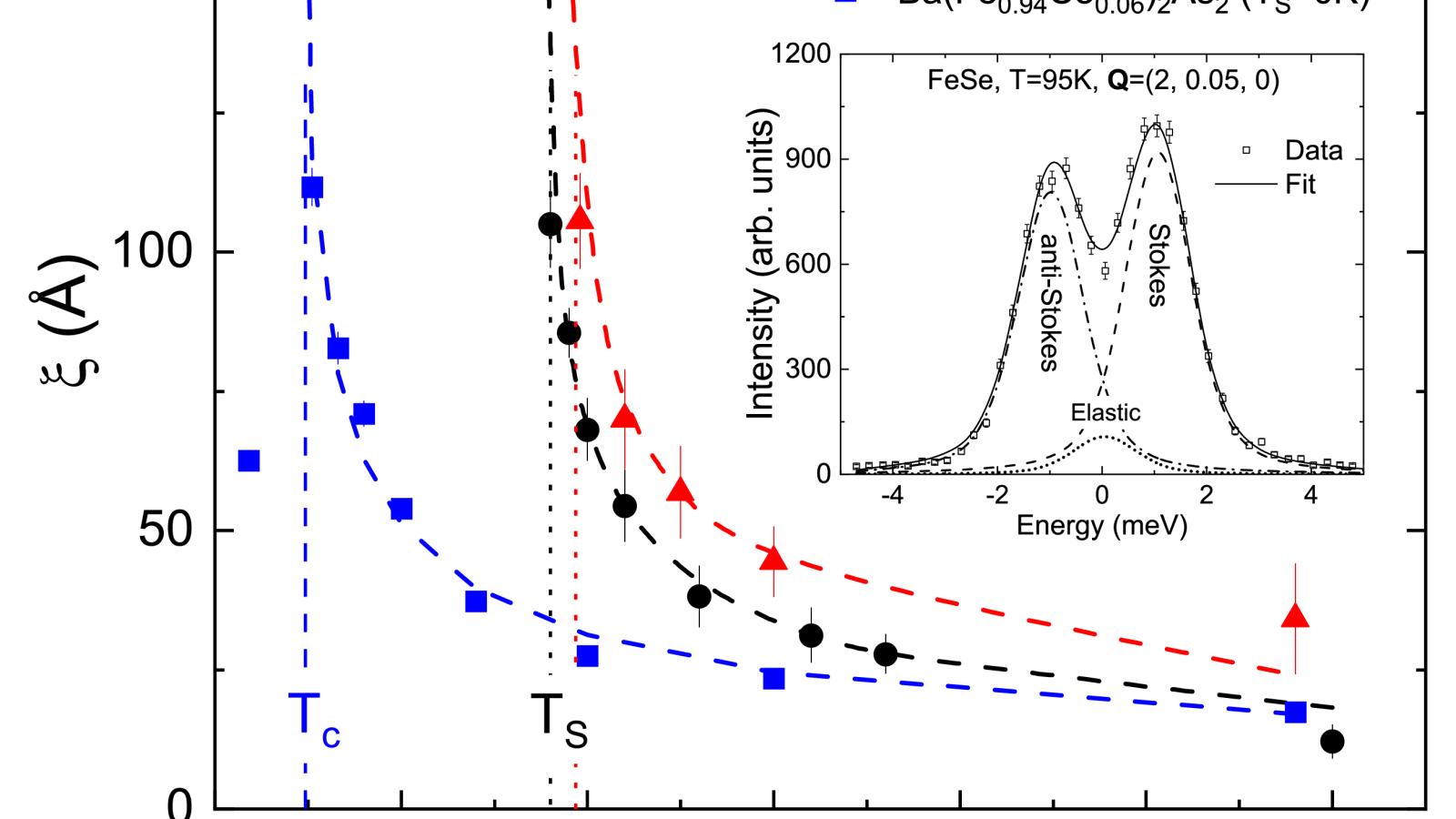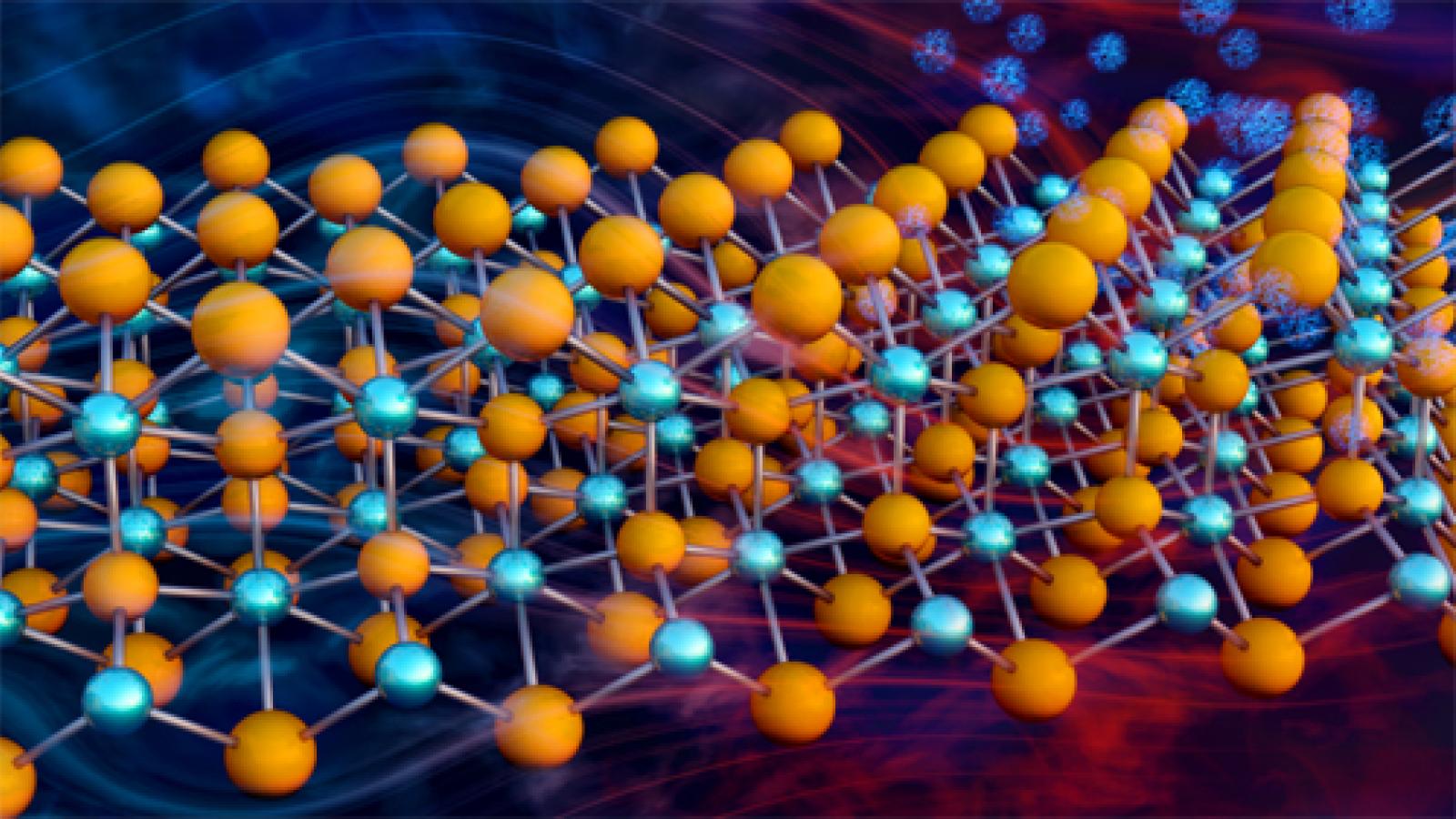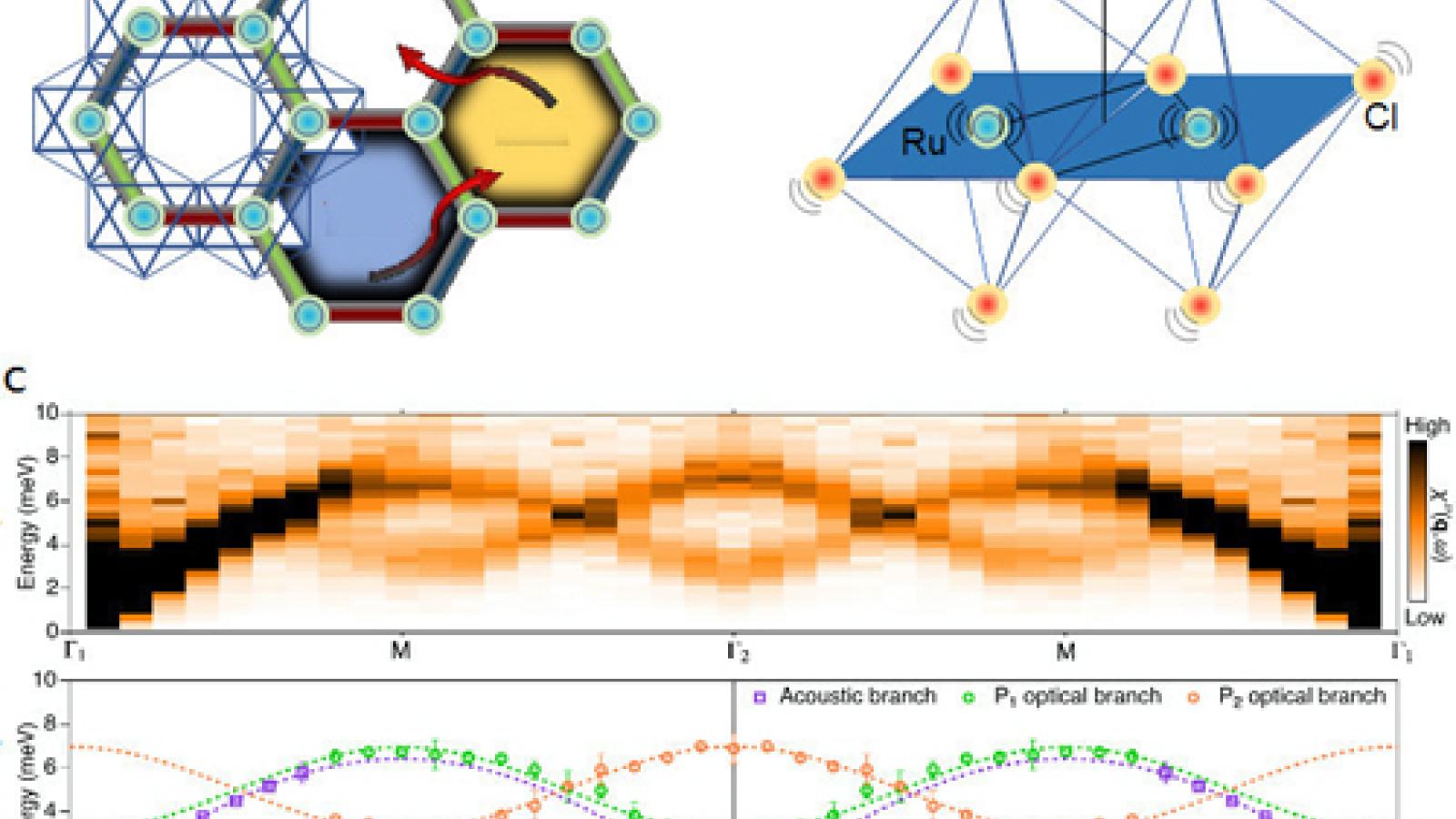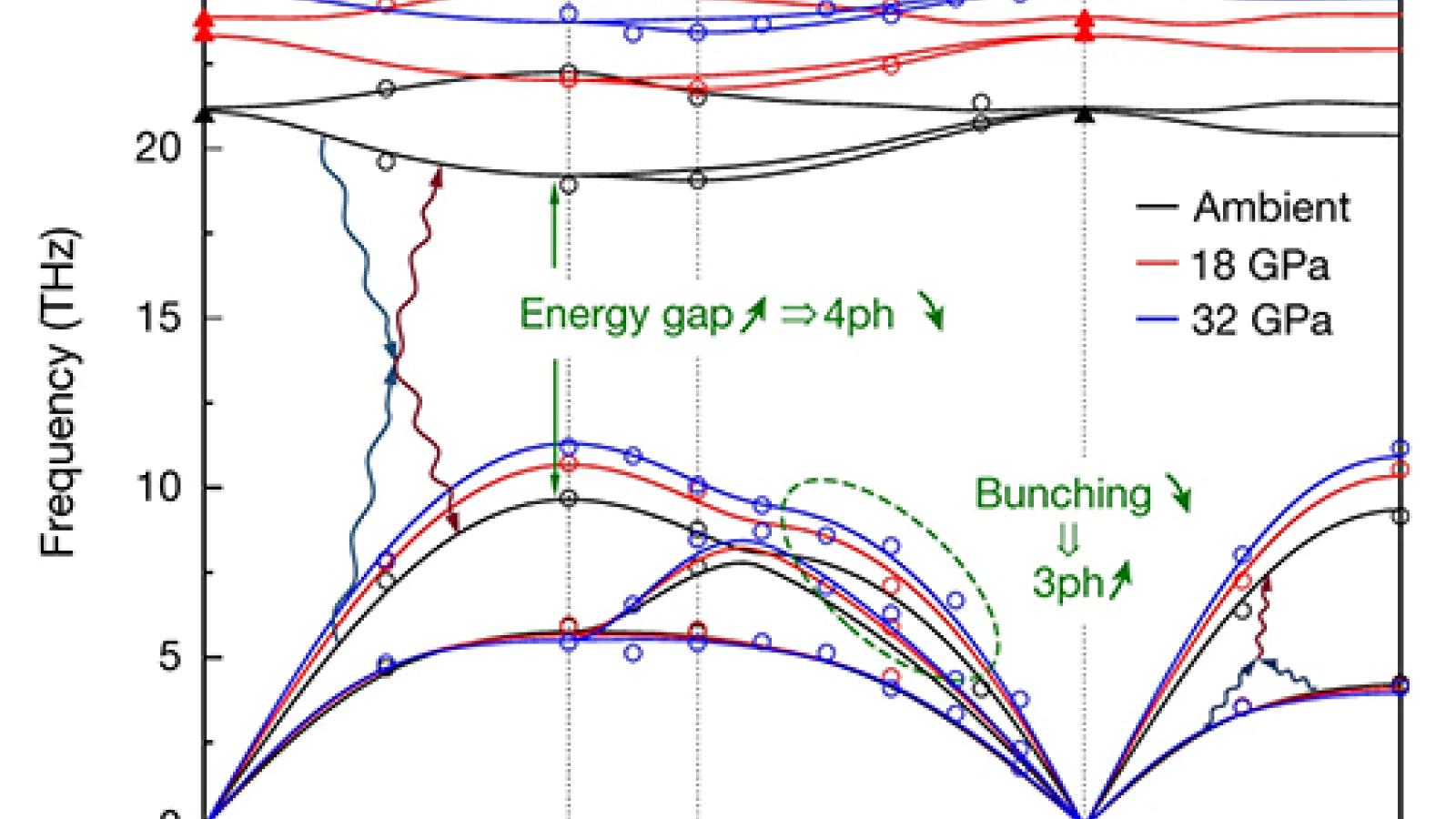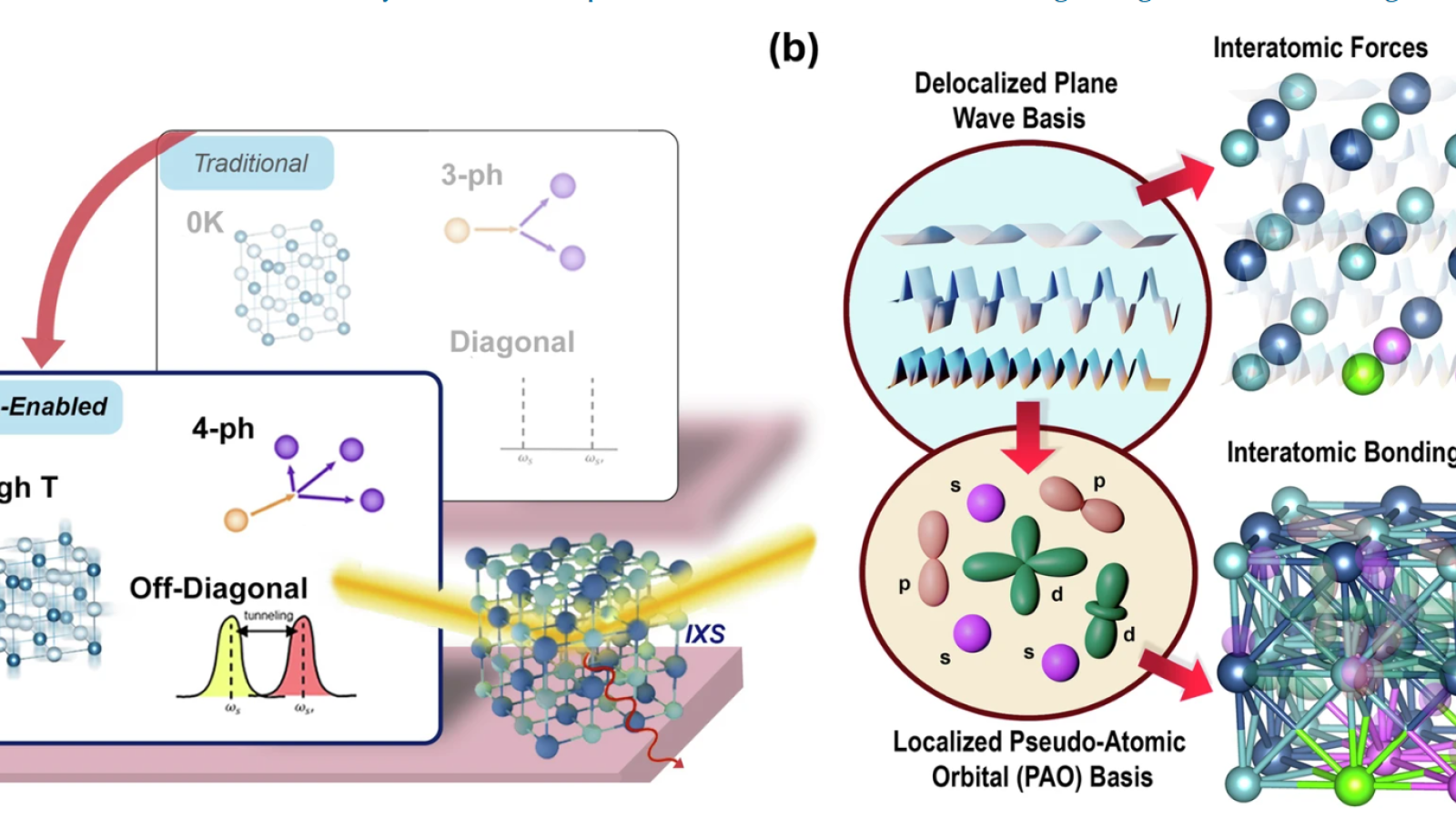Sector 30 Science Highlights: above are a sample of publications from experiments done at the 30-ID beamline. The list can also be viewed here. |
Located at the Argonne National Laboratory's Advanced Photon Source, Sector 30 uses the powerful synchrotron radiation produced at the APS to study a wide variety of complex materials with inelastic x-ray scattering. Please feel free to explore our site and learn more!
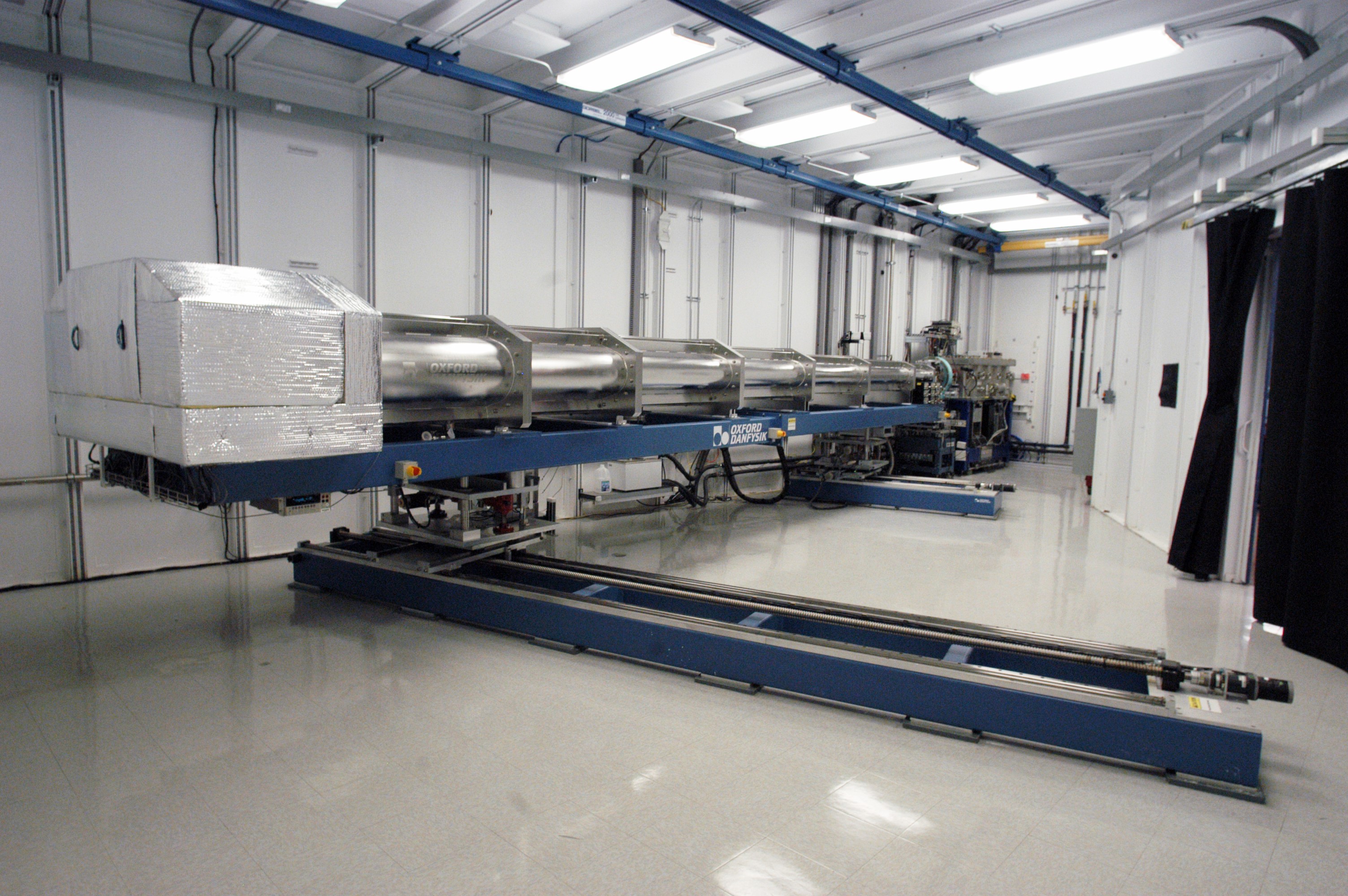
Pictured above: the HERIX spectrometer in the 30-ID-C hutch.

